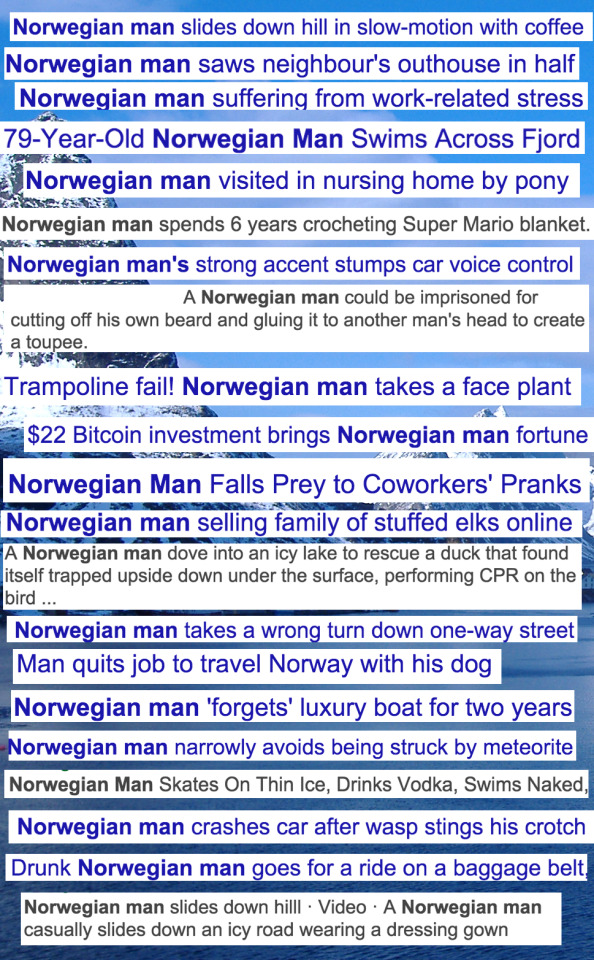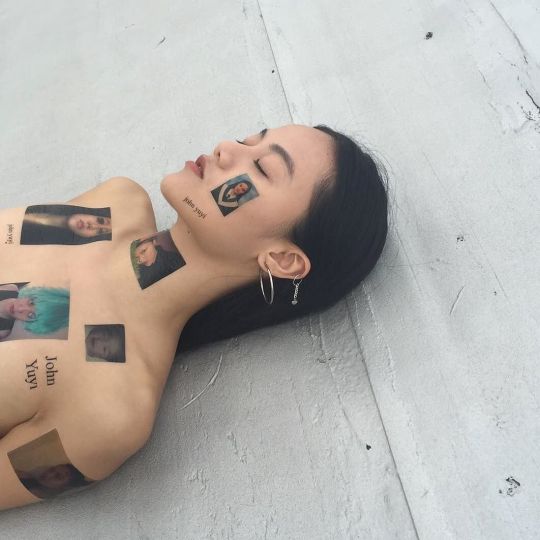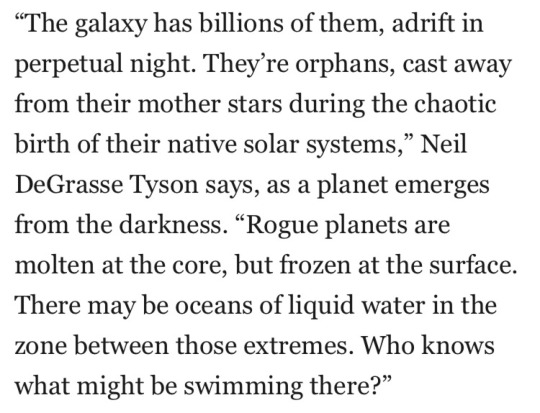Text
Gucci fw18 haraway fangrrl mini rant
just came on here after 20 years of silence bc ok it’s not like i expect anything from gucci at all, ever, but like… why did he have to reference haraway? as an inspiration? for that collection? it just embodies so many shitty ways ppl use the idea of “”””post humanism”””” as an excuse to steal/appropriate? like can we not ignore the complexities of intersectional cyborgs? alessandro are u listening?
2 notes
·
View notes
Photo





Hari Nef is helping to normalize transwomen’s bodies and identities in a really important way that if you’re cisgender you may not have thought about
Nef goes on to explain the difference between her photoshoot with Velencoso, versus how transgender women are typically photographed in fashion editorials. “images of trans femmes being loved rarely exist outside of pornography,” Nef wore. “We tend to be hyper-sexualized and objectified within the cisgender gaze. Either that or we’re dehumanized as scum or (just as bad) untouchable goddesses.”
Photos: Twitter/Hari Nef
MORE
221K notes
·
View notes
Photo

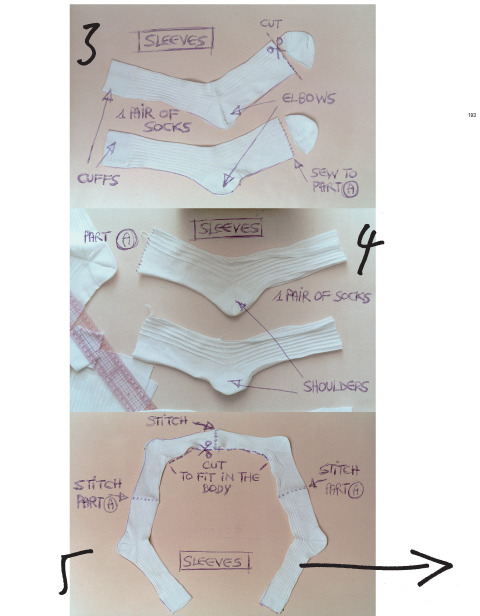

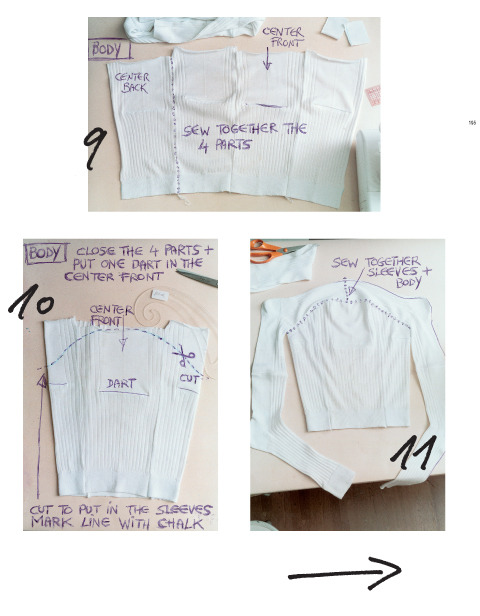
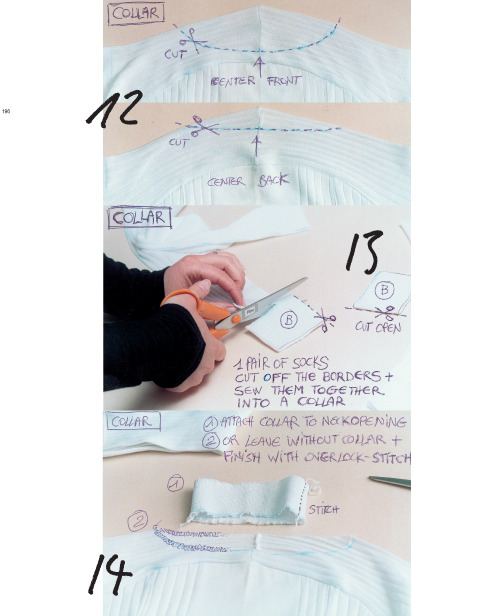
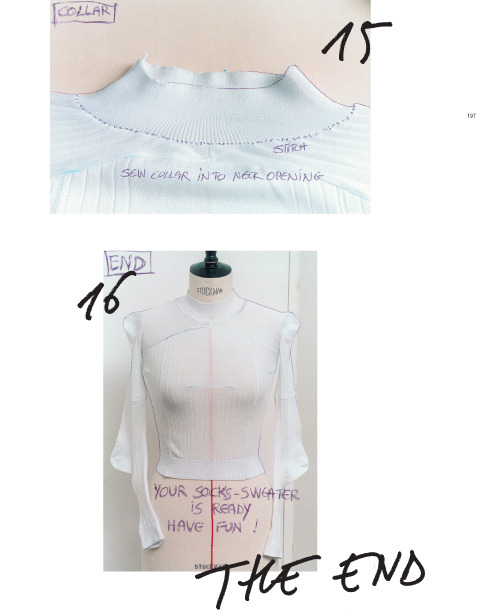
Instructions on how to replicate the Maison Martin Margiela Spring/Summer 1991 sock sweater, as written by Martin Margiela.
From A Magazine Curated By Maison Martin Margiela (Issue #1)
3K notes
·
View notes
Quote
‘Whatever you’re trying to hide is what you need to write from…Whatever you’re trying to hide is what makes you an interesting writer.’
Dana Spiotta quoting Gordon Lish (New York Times, 2016)
1K notes
·
View notes
Photo

the coast of Washington, seeing and feeling the Pacific Ocean for the first time…. what a dream come true!
512K notes
·
View notes
Quote
Students who considered themselves socialists were not so
much interested in the poor as they were desirous of leading
the poor, of being their guides and saviors. It was just this
paternalism toward the poor that the vision of solidarity I had learned in religious settings was meant to challenge. From a spiritual perspective, the poor were there to guide and lead the rest of us by example if not by outright action and testimony. As a student I read Marx, Gramsci, and a host of other male thinkers on the subject of class. These works provided theoretical paradigms but rarely offered tools for confronting the complexity of class in daily life. […]
[W]hen I told friends and colleagues that I was resigning from my academic job to focus on writing, I was warned that I was making a dangerous mistake, that I could not possibly live on an income that was between twenty and thirty thousand dollars a year. When I pointed to the reality that families of four and more live on such an income, the response would be “that’s different”; the difference being, of course, one of class. The poor are expected to live with less and are socialized to accept less (badly made clothing, products, food, etc.), whereas the well-off are socialized to believe it is both a right and a necessity for us to have more, to have exactly what we want when we want it.
bell hooks, where we stand: Class Matters, chapter 4 (via facelessbitchmage)
23K notes
·
View notes
Text
your softness is the strongest & most powerful part of you.
25K notes
·
View notes
Text
Agree. But also (quick thoughts) the possibility to enter a space of art, a contemporary art bubble, through bodily experience? Through the phenomenology of being body/soul in a space that is not for production of matter but for reaction/spontaneous connection (religious spaces, therapists offices). The body will react if it is given a language and space to do so.
As I tend to tell my first year students (for better or worse), and as I’ve written elsewhere, if you enter an exhibition, in a museum, a gallery or wherever, you arrive at a distinct cosmos, one with, as it were, its own laws of “nature”: spatiality and gravity, lighting and rhythm, the relationality and coexistence of your body to the objects but also of the objects to each other. In some cases, the laws of this cosmos are clear. Upon entering a retrospective of Picasso, Breughel or Van Gogh, there will be, for most of us, a sense of the rules organising this world, rules of colour and of perspective, of the application of paint and the sensation of texture. These rules have been canonised, after all, have been written into set narratives of signification, in which specific aesthetic strategies call to mind particular meanings, in the same way that we are accustomed to the rules of, say, a Hollywood romantic comedy, always already aware of the plot twists about to, and unlikely to, happen.
In the case of the contemporary art exhibition, the rules of the world are however, often unclear. You venture into a space not necessarily knowing what to expect, not sure how to read the signs, uncertain what may and what may not happen. Why does this installation stand next to that oil painting? What is the relationship between the pink in one sculpture and the pink in a video loop? How are media linked? Styles? Textures? Ideas? Indeed, the way I teach my students to engage with exhibitions (but again, this may be the worst advice) is as intergalactic adventurers (hopefully not in a colonial sense), arriving in an unknown world whose laws and customs they need to learn if they want to survive. Each visitor has to find his or her own strategy of survival: one reads the information cards, if they are there; another follows the path marked by the artist or curator; a third meanders back and forth between positions; some let themselves be led by aesthetics, by resonances between forms, textures and materials; while others choose to focus on conceptual questions. In most cases, your body will come to understand this world. Maybe you feel an instant click, or the connection might develop more gradually. Perhaps you find the world to be incoherent, its logic inconsistent, its structure uneven. In some cases, for all your efforts, you cannot immerse yourself in the world, which, depending on your character, you either assume is your fault or that of the exhibition. It might well be both; it may be exclusively the latter’s (the bubble that you hope pops soon).
In any case, what these art bubbles, these art worlds, encourage you to do, precisely because they are unfamiliar, or because they may not make sense, is to reconsider the conventional notions you might have about what a world is, what it consists of, what it allows for – Schiller’s aesthetic education. It opens up the possibility of the alternative, including, one would hope, an alternative to the logic of the market. Art creates openings within the fluid fabric of the foam, spaces that cells can move into, allowing the other cells around it to switch place, restructure. Indeed, it is precisely because art is globular, enclosed and without solid substance, precisely because there is a virtual rather than an “actual” achievement, that it is able to open up. It may not offer a model beyond the globe or beyond foam, but it offers the notion that there may be such a model, precisely by continuously restructuring the very fabric of what foam is.
Timotheus Vermeulen in Tank (Vol 8 Issue 7, Spring 2016)
13 notes
·
View notes
Text
Hello and welcome to today’s episode of ‘BPD Circle of Hell’! On today’s episode we have:
realising someone’s tone is slightly off after you’ve said something
apologizing
apologizing again
not talking to them for ages in fear of annoying them
apologizing
coming to the conclusion that they hate you, everyone hates you, you have no friends
repeat as often as necessary
And don’t forget to watch last week’s episode, where we tackled ‘Impulsive Behavior and Dissociation: Guide to Hating Yourself’
4K notes
·
View notes
Photo
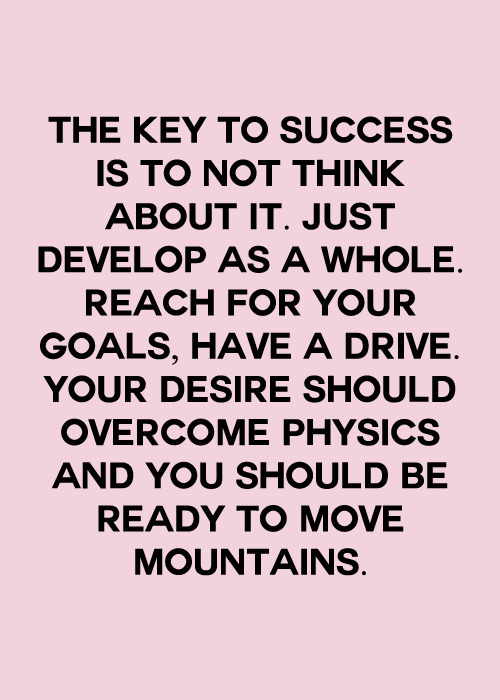

some of my favourite quotes by diana vishneva // check out more here // my quotes and stuff // my study instagram
5K notes
·
View notes

